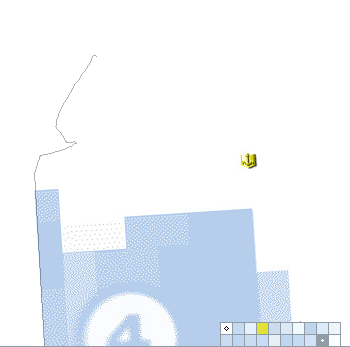Thoughts from a decade ago.
Students have been designing with the aid of a computer for over a decade [2 decades now] and the shift from hot-press illustration board, pencil, and Rapidography has resulted in a disconnect from what is designed and how it came to be. This is not to cherish the good old days and bemoan the new, but to underscore the need to reflect on what it means to drop this media on a student’s desk.
Design conducted with a computer can result with little or no residue explaining how one arrived at a conclusion. With students juggling more and increasingly complex data earlier in their studies—in part due to computers—the need to visually map and make sense of relationships in time and space has ever-increasing importance in the development of critical thinking skills.
Graphic design students are in a unique position to consider their process visualization as both a means to draw conclusion, and ultimately, as the final artifact. Shifting focus away from the end result and encouraging the production of concept mapping and story-boarding, collapses the divide between process work that assists understanding and the polished final comp. This is to take the value of process visualization one step further and consider the refinement of these intermediate artifacts as the primary goal.
Visualizing an array of data during all stages of design encourages multiple perspectives, new connections, and clearer communication within collaborative teams. It can be an entry point for students to gain new understanding and new motivation to explore disparate fields of study and most importantly it can begin to define ‘interdisciplinarity’ to them as they design and use their graphic design artifacts as teaching tools.
+
AND some supplementary goals that run parallel—
To compare and contrast modes of image-making in photography, illustration, and graphic design; what is implied by specific modes/styles; main terms and ideas include—collage, montage, line, gesture, style, sequence, series, etc.
…and implications + evidence of
the ‘hand of the maker’
To begin a general study and understanding of literary devices, narrative devices, and rhetorical devices; how do these devices relate—how are they classified
To effectively apply these devices in the design of serial and sequential constructed images for 2-d print/page
To explore and draw distinction between an array of multi-frame and multi-page structural approaches and be able to discuss how they alter the representation of time and space
To identify and utilize distinct modes of construction and synthesis between traditional and computer media; how to get into a productive, high-volume iterative rhythm with one’s array of media; what is craft in respect to the constructed image
To effectively convey themes and general storylines without the use of words

